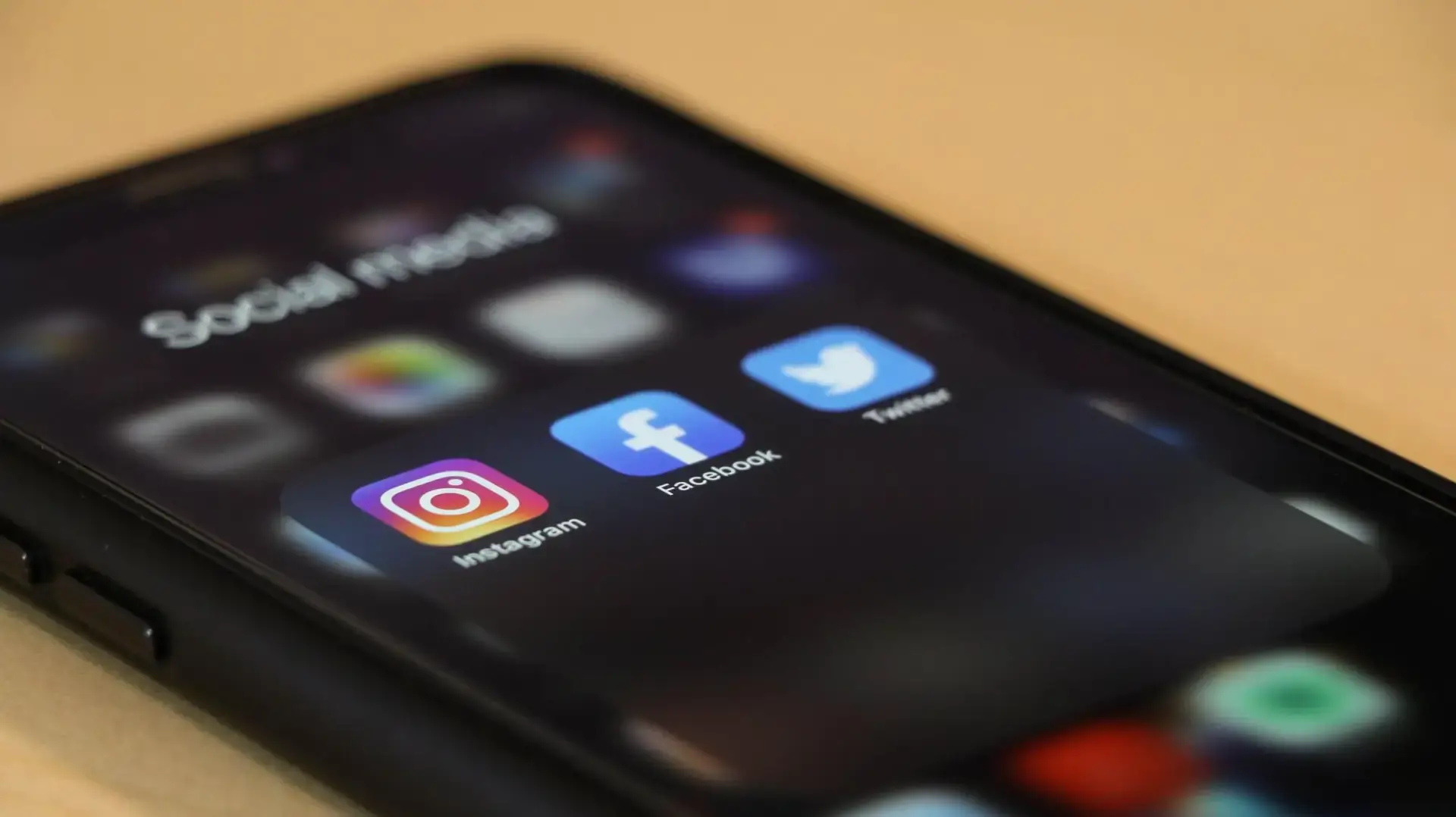There’s no doubt that social media has had and is continuing to have a lasting impact on the world in which we live. Attitudes and algorithms seem to permeate every social platform.
In many ways, this has fostered division and animosity in the world and the church. While there are many problems to be had within the online community, social media offers phenomenal opportunities to advance the Gospel, impact others for the cause of Christ and truly impact the Kingdom of God.
But what does this look like? How can someone sitting at a computer screen have a Kingdom impact around the world? How can a teenager reach their friends through the phone in their purse or pocket?
I submit to you that most teenagers today are fluent in digital media and are more than equipped to utilize social media. They simply need someone to empower them and point them in the right direction.
Safety/Guidelines
There are many threats surrounding the online world. Cybercrime abounds, and almost everyone is impacted in some way. Govtech.com reports that between “May 2020 and May 2021, the FBI saw complaints about cybercrime jump by 1 million.” Ransomware, malware and phishing attempts have increased significantly by attacking through ads, emails, apps and the like.
According to Pew Research, 95 percent of teens have a cell phone. Combine these rising threats with an increase in screen time, and potential problems abound. The issues of cyberbullying, sexting and exploitation are still huge threats for anyone online, but especially so for a preteen or teenager who spends significant time on their phone or personal device.
As student pastors, we must assist parents in creating a safe online environment. There must be an intentional effort to be informed and involved. There must be guidelines and boundaries in place. There need to be clear expectations and consequences. There should be inspection and, at times, investigation. The stakes are too high to allow teens to have total, unrestrained access. Our partnership with parents will be essential to shepherding them to safety in this area.
One important thing to note regarding social media safety is that there should be a clear policy implemented for our churches. Church leadership should consider crafting a policy to guide anyone who posts as a representative of the church. This will protect the church and staff while forming a guideline for the content and direction of the church’s social media presence.
Engaging the Culture
Regardless of the many threats and negative aspects of social media, there are still tremendous opportunities for effective ministry. We have the responsibility of equipping our students to share their faith and promote the Kingdom in the halls of their schools, the ballfields and the classrooms. That responsibility should also be extended to the social media platforms in which they are regularly involved.
These primary platforms are TikTok, Instagram, Snapchat and – even though it continues to be the parent’s platform – some are even joining Facebook. Twitter and YouTube continue to be widely popular as well. Our students are well versed in the format and tech of these platforms because they are present and active on each one. So, the question remains: How do we utilize this for the advancement of the Gospel in the lives of our students?
Reaching Students
- Form a Team. We have a tremendous opportunity to equip our students for ministry. They are more than ready to execute ministry in the digital world. Create some guidelines, communicate purpose, clarify expectations, then let them go. Provide oversight and direction, but allow the team to be creative. They will rise to the occasion. If the team approach is not possible, begin by taking small steps to generate an online presence to promote the student ministry. Being online, in their world, is crucial. Improvements will come as experience is gained. Just get started.
- Create Content. Give students the chance to implement their own creativity. There are many apps, filters and graphics tools available for free that can be used by the team. These include Adobe Spark, GoDaddy Studio and others. There are free stock photography sites such as Unsplash, Pixabay and Pexels. Students can create their own graphics, share photos of their peers, create humorous memes, use scripture or quotes from a sermon, etc.
Announcements for student ministry events can be shared, but keep in mind: Posts such as events or activities typically have low engagement. These types of graphics may be better used on the social media “story” rather than an actual post.
Another option is to create a secondary account known as a spam account. Students will often create a spam account to post funny images and to roast their friends. The student team could create this account, but as with everything else there should always be oversight. - Search for Resources. There are many student ministries that are having great success engaging students through social media. Search for those that are having success, and learn from them.
As you begin to utilize social media to reach your students and their peers, remember to practice online safety. The digital world is a difficult place, but there are many opportunities to make Christ known with a point and a click. Let’s equip them to engage the world, both physical and digital, for God’s glory.
Rodney Shewbart is associate pastor – youth at Highland Baptist Church, Florence.






